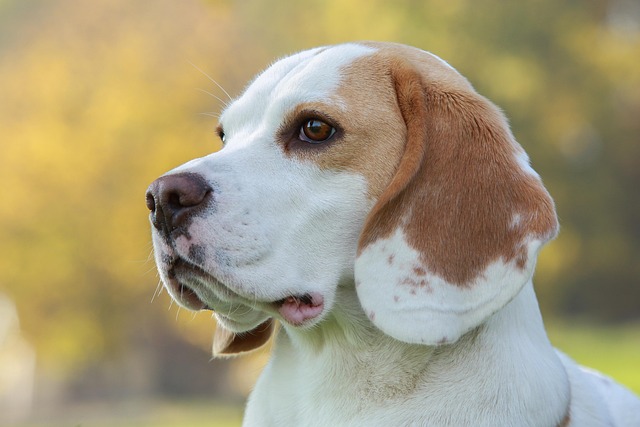
How to potty train a beagle?
Beagles are clever, curious, and blessed with a nose that can lead them astray faster than you can say “treat.” These traits make potty training a unique adventure—one that requires patience, consistency
Potty training a teacup poodle isn’t a race, but most owners want a rough timeline. These tiny pups, weighing just 4-6 pounds when full grown, have unique challenges—their small bladders mean they can’t hold it as long as larger breeds. On average, you’re looking at 4 to 6 months of consistent work before they reliably signal when they need to go. Some catch on faster, especially if you stick to a strict routine, while others might take closer to 8 months if distractions or inconsistent schedules throw them off.
Start by syncing their meals with bathroom breaks. Teacups digest food quickly, so take them out 15-20 minutes after eating. First thing in the morning, right after naps, and just before bed are non-negotiable times too. Carry them to the designated spot—their little legs get tired easily, and you don’t want accidents halfway there. When they go, praise them like they just won a prize—excited voices and tiny treats work wonders for reinforcing good behavior.
Consistency is key, but so is understanding their limits. A 12-week-old teacup can’t hold it more than 2-3 hours, so crate training helps prevent accidents when you’re not around. The crate should be cozy, just big enough for them to stand and turn around—too large, and they might use one corner as a bathroom. Never use the crate as punishment, though; that’ll make them fear it, setting back your progress.
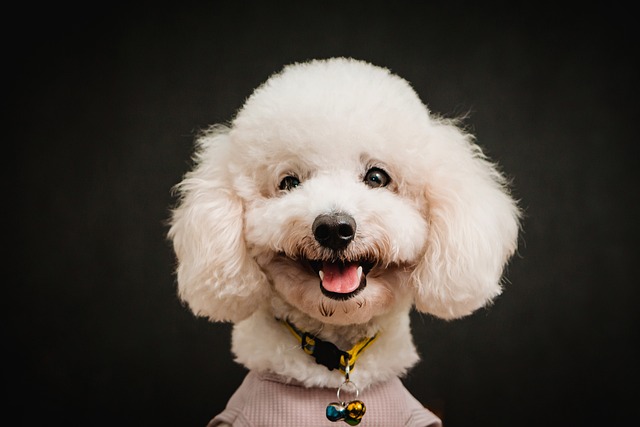 Be prepared for setbacks. Moving to a new home, changes in your work schedule, or even a rainy day can throw off their routine. If accidents happen, clean them up with an enzyme-based cleaner to eliminate odors—teacups have a strong sense of smell and might revisit the spot if they catch a whiff. Avoid scolding after the fact; they won’t connect the correction to the accident, only to your anger.
Be prepared for setbacks. Moving to a new home, changes in your work schedule, or even a rainy day can throw off their routine. If accidents happen, clean them up with an enzyme-based cleaner to eliminate odors—teacups have a strong sense of smell and might revisit the spot if they catch a whiff. Avoid scolding after the fact; they won’t connect the correction to the accident, only to your anger.
In many European countries, like Germany and France, there are strict rules about cleaning up after your dog in public. Even in private spaces, some rental agreements require proof of house training. In the US, certain cities have leash laws that apply even during potty breaks, so keep them on a short lead when outside. Familiarize yourself with local regulations—fines for uncleaned messes can be steep, and a well-trained teacup is less likely to land you in trouble.
Remember, every teacup poodle is different. Some are eager to please and pick up the routine in weeks, while others need a little more patience. Celebrate the small wins: the first time they scratch at the door, the week with no accidents. With time, patience, and a little bit of strategy, your tiny companion will master potty training—and you’ll both enjoy a cleaner, happier home.

Beagles are clever, curious, and blessed with a nose that can lead them astray faster than you can say “treat.” These traits make potty training a unique adventure—one that requires patience, consistency

Dogs rely on scent and routine to decide where to relieve themselves, but getting them to stick to a single spot can save you from endless carpet cleanups or awkward neighbor chats.
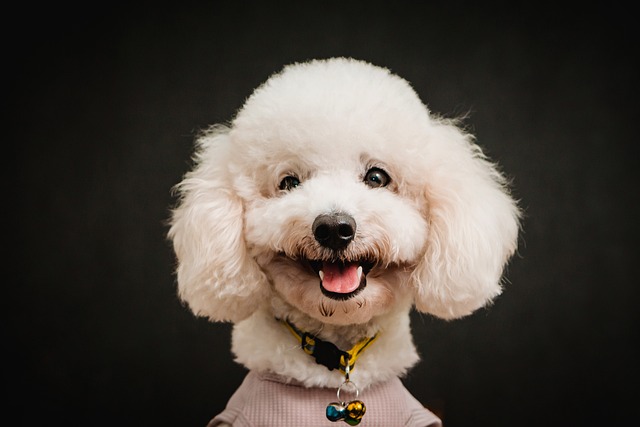
Potty training a teacup poodle isn’t a race, but most owners want a rough timeline. These tiny pups, weighing just 4-6 pounds when full grown, have unique challenges—their small bladders mean they can’t hold it as long as larger breeds.

You’ve just welcomed that adorable Golden Retriever puppy into your Brooklyn apartment, only to discover your hands now resemble Swiss cheese
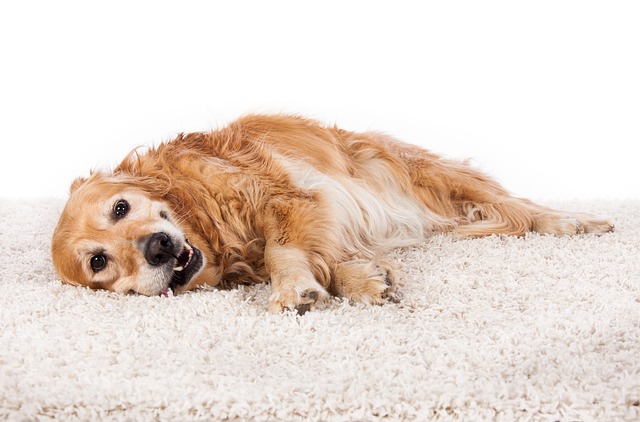
That heart-pounding moment when your rescue terrier snaps at the delivery driver’s ankle, or your puppy’s playful mouthing leaves scratches on your toddler’s hand – it’s terrifying.
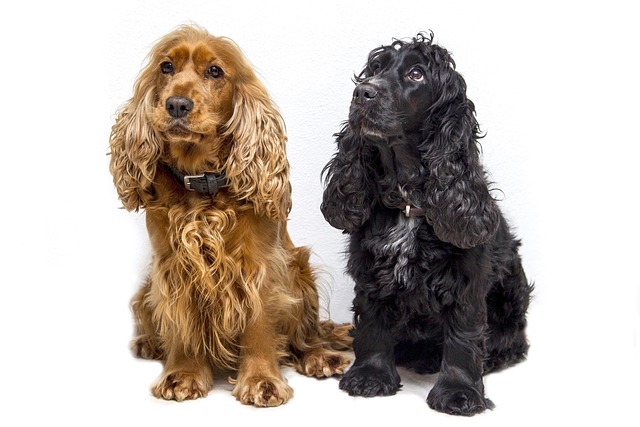
Cocker Spaniel’s wagging tail and eager eyes make them a joy to be around—but that same enthusiasm can turn into a problem when they dart after a passing cyclist or vanish into a bush.